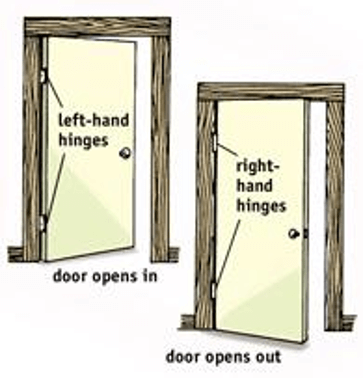
Right and Left Hand Hinges
The majority of hinge designs are able to be reversed. Reversing the hinge means that you can attach it so that the end you prefer is upright. You will find that some hinges are meant to be installed only in one direction. This however does not apply to lift-off hinges or rising hinges where you will need to specify the handing.
To decide between these types of hinges, figure out which way you want the door to open and where the hinges need to be located for security purposes. Select either a right or left handed hinge based on those needs.
The diagram to the left sets out very clearly how to determine the handing of a hinge.
Installing Hinges
Most hinges are either surface mounted or recessed. You may encounter combination models where part is recessed and the other is surface mounted.
You must always begin with accurate measurements. Plan for appropriate clearances. Always work with tools that will create superior end products.
Butt hinges are a popular variety of recessed hinges. To install butt hinges, first decide where they need to go. Most contractors say that 5-inches from the top and 10-inches from the bottom is the best place.
In most cases, you will cut the recess to match the depth of the hinge. Use a butt marker to indicate the proper width for the cut. The length of the recess must match the length of the hinge. The width, likewise, matches that of the hinge.
Use a chisel to make the cuts. Make sure it all aligns properly. Determine where to drill for your screws and make the hole just a bit smaller than the screws. Attach the screws and secure the door into its hung hinges with the pins.
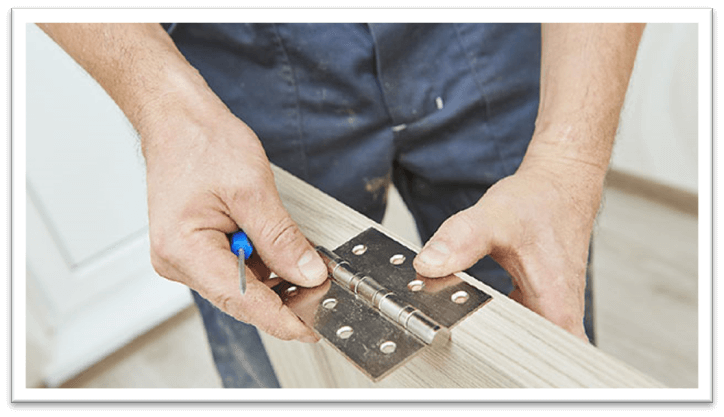
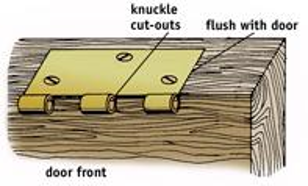
Choosing the Right Hinges for the Job
To mount a regular door, the most popular type of hinge is a butt hinge. These hinges come with both removable and un-removable pins. Loose pin systems are great because they allow you to detach the door without disassembling the hinge.
Use a rising butt hinge when a floor covering may interfere with the door. If you want a more decorative appearance, consider a knuckle hinge.
Doors that aren’t heavy typically use butt hinges. Heavy duty doors may require ball bearing hinges. Double hinges open in both directions. Many contractors use pivot hinges for overlay doors.
Screen doors do best with offset blind hinges. Some cases do well with spring loaded hinges.
A type of hinge used in general construction is called a back flap hinge, it’s kind of like a butt hinge. For appearance purposes, you may prefer an ornamental hinge of a semi-concealed hinge.
What to Consider when selecting your hinges
Things to consider when selecting you hinges are;
- Door Construction – what is the door made of, is it solid core or hollow, is it a heavy timber or light?
- Weight and Thickness – The door itself will have an effect on the type of hinge you will require. You will need to know the weight and thickness of the door to work out which size hinge would be most suitable for both aesthetic reasons and carrying capacity.
- Frequency Of Use – Main doors, like those used in your home’s entryway, are likely to be used more often. The hinges are likely to suffer more wear. Heavier duty hinges will help to avoid problems which are associated with excessive wear.
- Finish – The finish of the hinge, along with needing to correlate with the other metallic components of the door, needs to change depending on; whether it is an external or internal door, what environment it is likely to be in and the kind of wood which the door is made out of.
Finding out which is the best door hinge may seem like something of a chore, but it can increase the life of the door exponentially, along with making it much easier to operate.
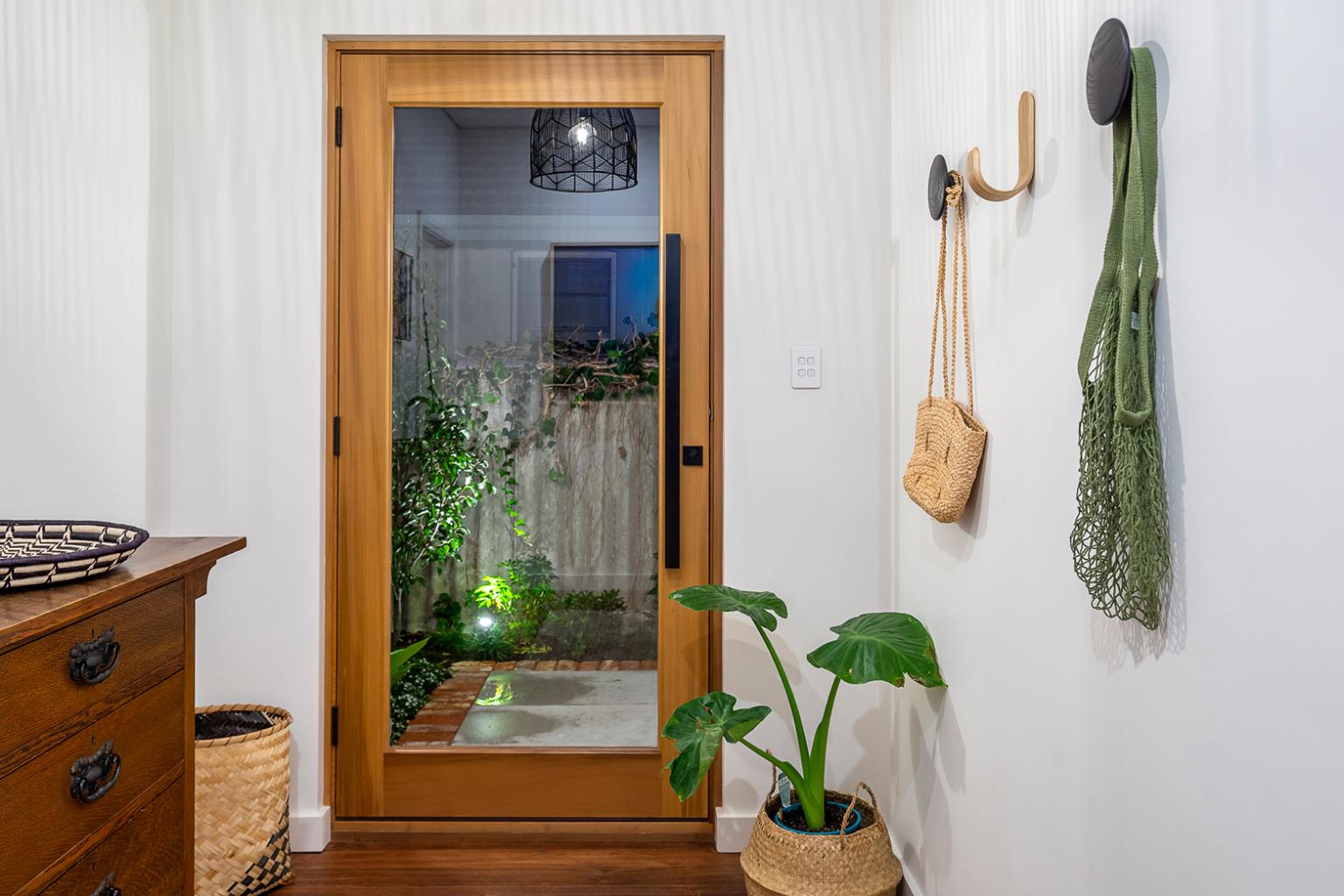
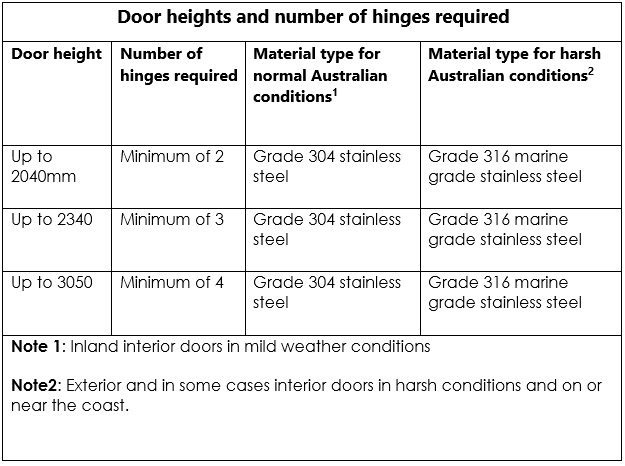
Should you require any further information on hinges generally, feel free to call us on 1300 926 321. You can view the massive range of Zanda hinges here.
